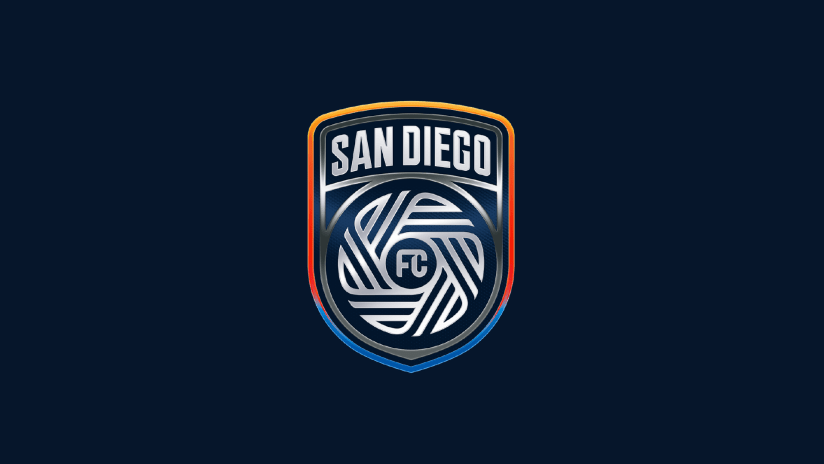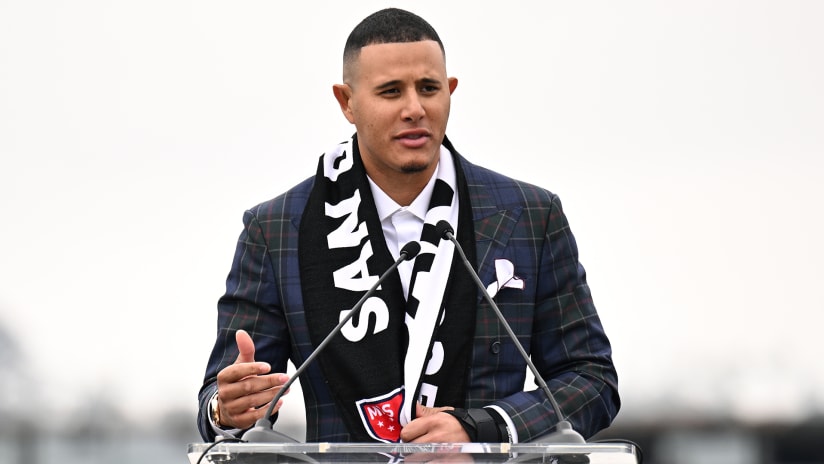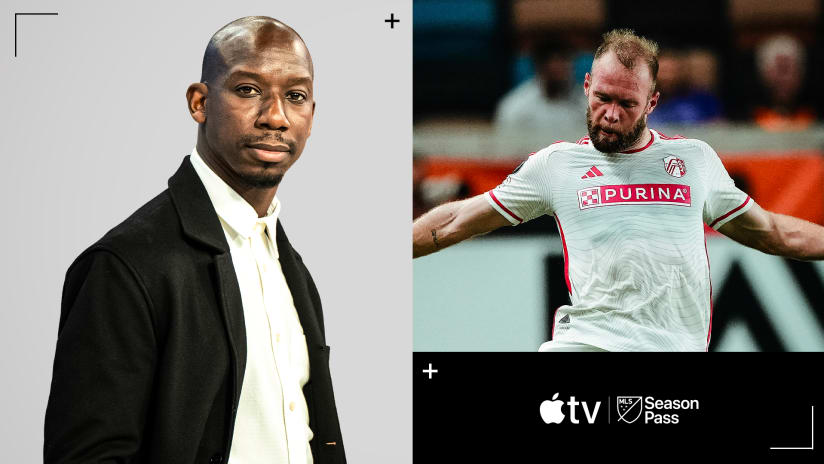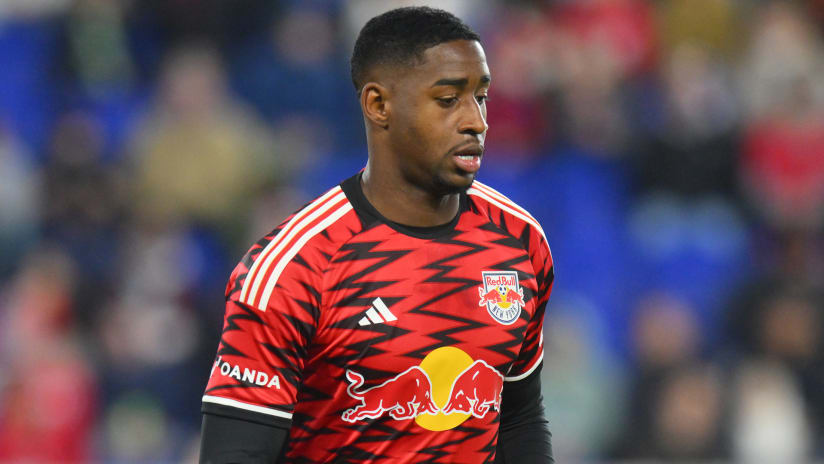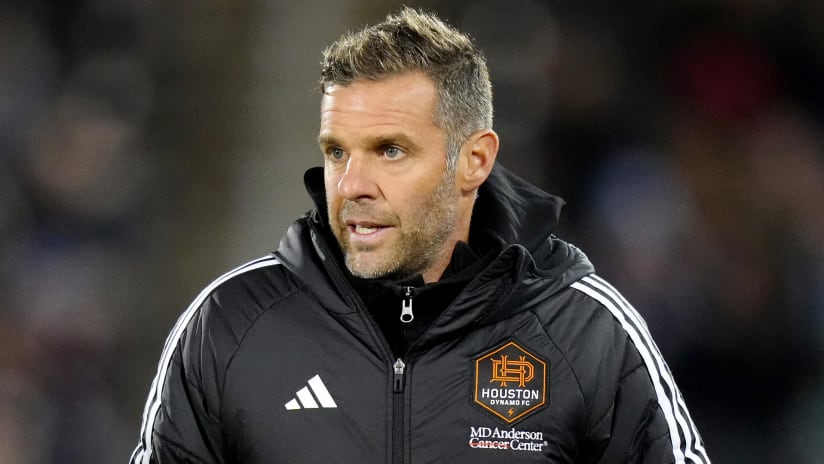Get ready for the next geographical shift in Major League Soccer.
Wednesday’s news that the league will plant its flag in Atlanta in 2017 marks the next logical step for a league that has once again gone into expansion overdrive, with all eyes on 24 teams before the dawn of 2020.
It is also the league’s latest move to broaden its reach into the southeastern United States, a place that has been something of a no-man’s land since the league’s inception in 1996. Last year’s addition of Orlando City in 2015 and plans for David Beckham’s gilded Miami franchise to set up shop in 2017 mean the league is finally ready to re-up on the Sunshine State, but Florida isn't the South.
Atlanta surely is, and the addition puts the MLS stamp on an invaluable market that has courted Commissioner Don Garber since 2008.
Those three additions and next year’s debut of New York City FC in the Bronx will expand the league's TV footprint, but they also mean there is work to do behind closed doors for the league’s competition committee. The result will be a very different pair of playoff races in 2017.
First, the logistics of what’s next -- specifically the changes that are assuredly coming to the league’s conference structure.
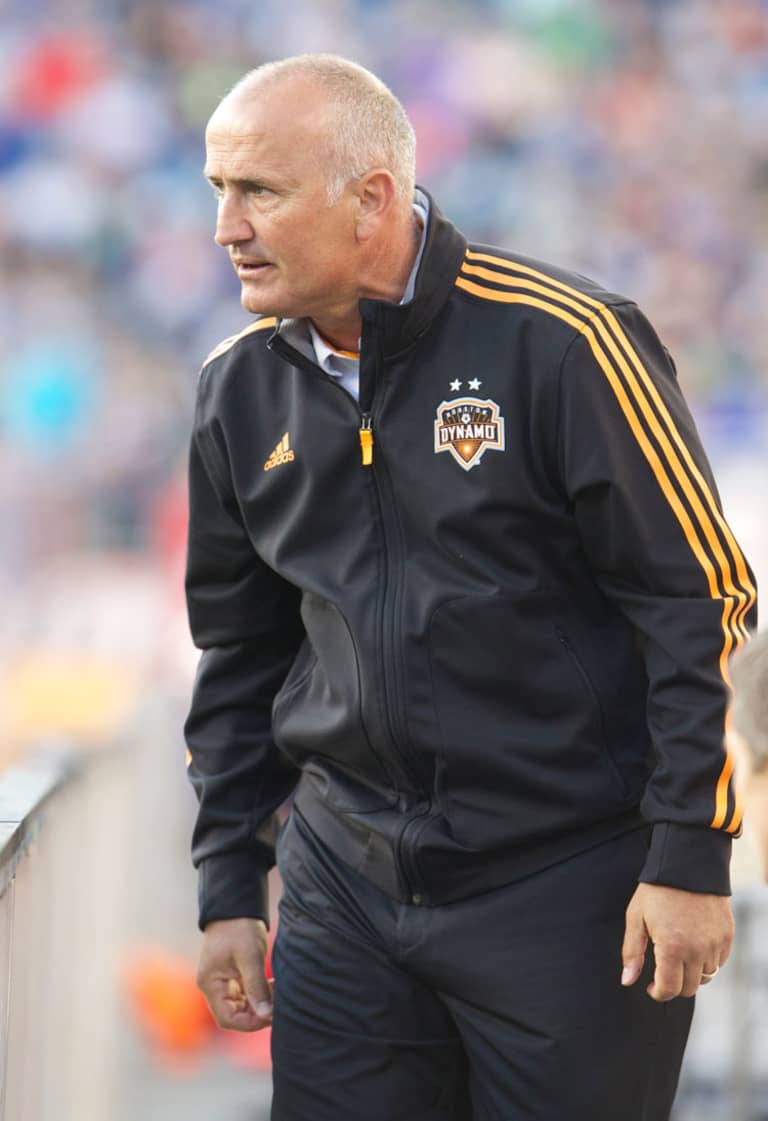
The arrival of OCSC and NYCFC should force the league’s hand almost immediately. SI.com reported earlier this year that MLS is expecting to make an announcement as early as the All-Star Game in August concerning conference realignment, adding both newcomers to the Eastern Conference while shifting the Houston Dynamo into the West.
The Dynamo’s move is a no-brainer and likely will be welcomed by their fanbase's purists, who balked when the team was shifted to the Eastern Conference in 2011 to make room for expansion additions in Portland and Vancouver. No harm, no foul.
Expect the board to shift even more, however, when Atlanta and (potentially) Miami join in 2017. The most realistic solution at that point is that Sporting Kansas City will join an already loaded Western Conference, giving the West 11 teams and the East 12.
Then, barring a surprise expansion move to the North Carolina region, whichever team comes on board as No. 24 (multiple outlets have listed Minnesota and San Antonio as frontrunners, with Sacramento also in the mix and St. Louis as a darkhorse) slides nicely into the Western Conference.
Therefore, the 2017 landscape might look like this:
Eastern Conference (12): Atlanta, Chicago, Columbus, D.C., Miami, Montreal, New England, New York City, New York Red Bulls, Orlando City, Philadelphia, Toronto.
Western Conference (11): Colorado, Dallas, Houston, Kansas City, LA Galaxy, unnamed Los Angeles franchise, Portland, Real Salt Lake, Seattle, San Jose, Vancouver.
Seems like a nice fit, right? From an organizational standpoint, it certainly could be, even if the schedule makers still have to work out how many games each team will play (Garber has said he does not want to push past 34 regular-season games, which are a good fit for a 24-team league) and who plays whom, and how often.
But from a competitive standpoint, there’s certainly something that sticks out about that Eastern Conference lineup. Two clubs will be in their first year of existence in 2017, and two others will be in their third, meaning the quality of the Eastern Conference might suffer a bit while franchises are still finding their feet.
- Get all the latest details on Atlanta season tickets at www.MLSAtlanta2017.com
Don’t believe it? Look at the numbers. Seattle are the only expansion team since 2005 to make the playoffs in their debut season, and the past three expansion teams to play a 34-game schedule (Portland, Vancouver, Montreal) averaged just 37 points per season out of the gate, nowhere near the typical 50- to 53-point threshold to make it to November.
Of course there is the possibility that Atlanta and Miami could sign up some mega-talent just to get them off the ground – Beckham grabs Zlatan Ibrahimovic and Arthur Blank signs Javier “Chicharito” Hernández, let’s say – but success in MLS typically comes from player continuity and coaches who know the league. It is safe to assume Atlanta and Miami will take at least a few seasons just to get it straight, no matter how big the paychecks on offer.
Will we say the same about NYCFC and Orlando City? Recent history shows that the past five expansion teams reached the postseason at least once by their third season, so either of those clubs could be playoff contenders by 2017.
And don’t forget that current NYCFC head coach Jason Kreis turned Real Salt Lake into a playoff threat in his first full season on the job back in 2008 and into an MLS Cup champion the following year, while Orlando City are building from a steady base of USL PRO success that just might make them a surprise addition to the postseason fray not long after their debut.
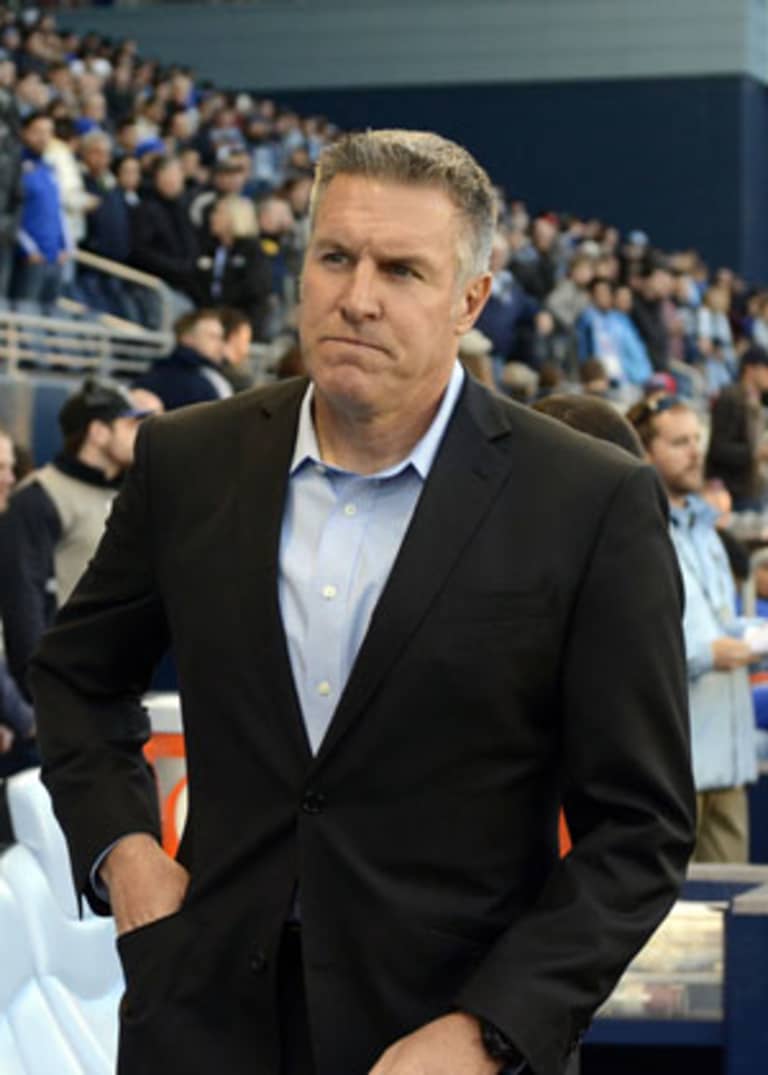
But will that be enough to counter what the Western Conference is getting in the deal? It’s never easy to know exactly what teams will look like three years from now, but it’s tough to deny that a coaching roster comprising Bruce Arena, Sigi Schmid, Oscar Pareja and Caleb Porter is already impressive. The additions of Houston’s Dominic Kinnear (above, right) and Kansas City’s Peter Vermes (right), two of the steadiest heads in the league, suddenly gives the West a glut of sideline talent.
That is not a knock on the up-and-coming coaches in the East, two of whom brought home silverware last year (New York's Mike Petke and D.C.'s Ben Olsen). But it’s tough to argue with long-term results. If the Dynamo do move West next season as expected, the conference will house the three most successful coaches in league history (Arena, Schmid and Kinnear), winners of a combined eight of the league’s 18 MLS Cup titles.
And give Vermes three more years to add to his CV before joining the group? MLS fans could very well be looking at the best four or five teams in the league, all smashed into one conference.
All of this is, of course, speculative, as MLS remains generally mum about any possible realignment plans. After all, it is still three years away, which feels like a lifetime in the modern incarnation of MLS.
But even as the ground underneath the league shifts, one thing that remains steady is job security for good coaches. Three years ago, Arena was in LA, Kinnear in Houston, Vermes in Kansas City and Schmid in Seattle. And given the early returns from newcomers Porter and Pareja, who's willing to bet either will be on the move before 2017?
For now, though, nothing is certain. An MLS official confirmed that the league has sent out a survey to all clubs to get their preferences on the regular season, playoff format and conference alignment. Consider it the first step toward making sense of a changing MLS landscape about to become a bit more interesting in the years to come.


